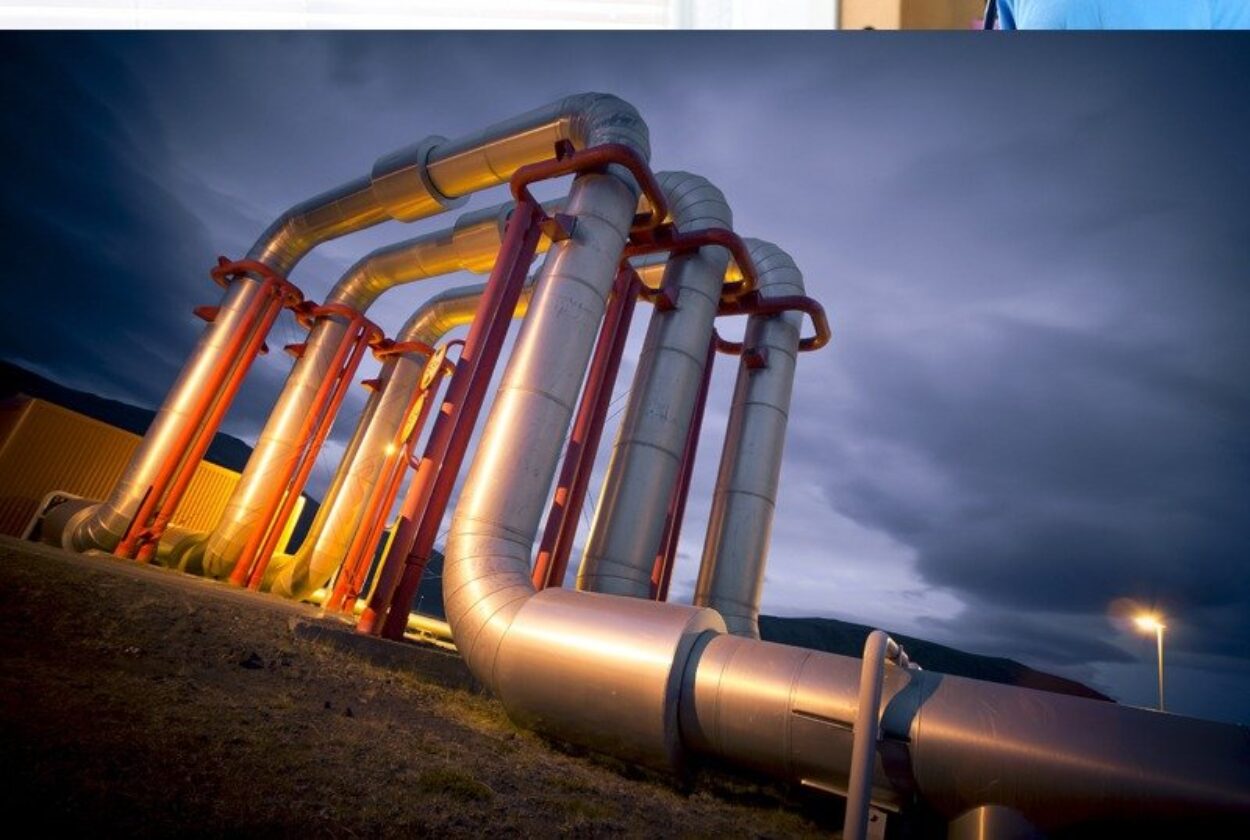
I recently shared at a workshop of small business owners that a company’s sales process is the backbone of any organization, and that new and existing sales opportunities in their pipeline represents the lifeblood to future business growth and sustainability. I’ve found over the years that the key to sales success is the ability to effectively develop and manage your sales pipeline to not just meet – but exceed – your revenue objectives.
Forty-four percent (44%) of company sales executives believe their organizations are ineffective at managing their sales pipelines according to research conducted by Vantage Point Performance and the Sales Management Association. If sales pipeline development and management is so critical to business success, how can a higher percentage of companies more effectively execute on this important process?
In my experience, the following are five of the most important elements that you should incorporate into your sales pipeline development and management process to successfully achieve your revenue expectations:
- Visibility – If you can see it, you can do it. Providing company leadership, sales managers, and sales representatives real-time, line of sight to new and existing sales opportunities is imperative to effective sales pipeline management. Your Customer Relationship Management (CRM) software can be customized to provide you visibility in a user-friendly and powerful way.
- Quantity – Strength in numbers! Revenue quota attainment is directly proportional to the number of opportunities in your sales pipeline each month. HubSpot Research found that 72% of companies with less than 50 new opportunities per month in their sales pipeline did not achieve their revenue growth goals.
- Prioritization – Not all sales opportunities are created equal. Your company is limited in the time and resources available to close your sales opportunities. The key to prioritizing sales opportunities is understanding the level of effort and the probability of closing each opportunity using certain risk factors (e.g. changing close date).
- Measurement – There’s an old expression that says “you get what you measure.” Effective sales pipeline management requires employing important metrics to understand how your sales actions can increase your speed to revenue. These include the conversion rate between sales process stages and the age within each stage.
- Communication – Communication is the human connection. Sales managers must have weekly discussions with their sales representatives to help overcome barriers and adopt new ways to close opportunities more quickly. Company executives should be directly involved in larger opportunities, and indirectly involved with others given their ability to support and years of experience.
The TAS Group, in partnership with Salesforce, found that more than 50% of sales representatives close less than 40% of qualified sales opportunities. This conclusion isn’t exactly what I would call “stellar.” However, the good news is that I have found over two-thirds of sales representatives can close on average 60% or more of their qualified sales opportunities by utilizing a simple, documented, and well-managed sales pipeline process. It’s just a matter of focused and disciplined pipeline development and management. Let’s all put more life into our company’s blood stream to increase our speed to revenue for an even more successful 2018!
Related posts:
No related posts.

